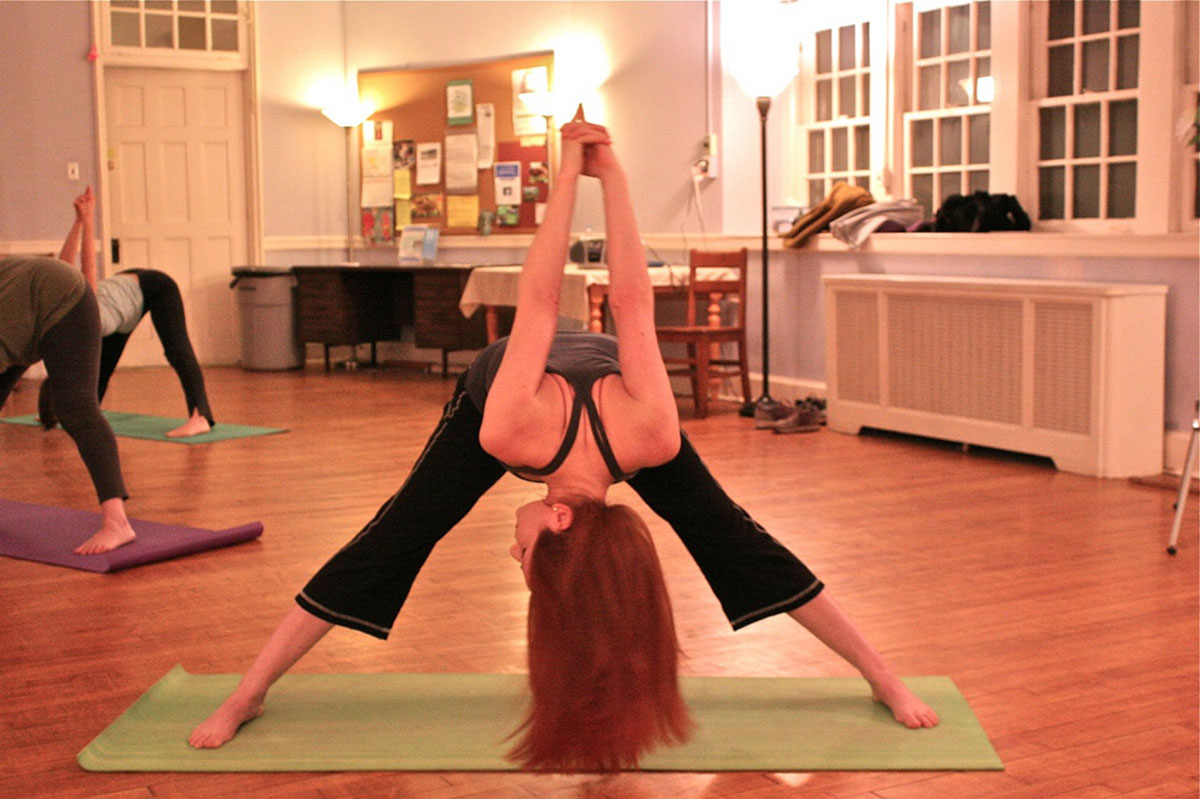Table of Contents
So far we’ve had a lot of Latin and not a lot of movement; but you damned sure didn’t hurt yourself reading a medical dictionary and I expect you’d like some practical advice on how to approach things a different way.

The actual bony joint that makes all the difference in how your shoulderblade and arm interact with each other is the acromioclavicular/glenohumeral joint; this is where the acromion – a bony spur growing out of the top of your shoulderblade –and your clavicle – your collarbone – meet next to the glenoid cavity, into which the head of your humerus sits. If you fix any part of this system, the other parts move. Lock the scapula in place and the glenohumeral joint moves. Lock the arm in place and guess what the infraspinatus does?
No need to guess. Wheelless’ Textbook of Orthopedics will be happy to tell you: it ‘abducts the inferior angle of the scapula.’ That means it rotates the scapula around the acromion, moving the bottom part of the scapula further out – and further down.
If that isn’t corrected, your scapular retraction and depression exercises are going to add to the problem and your supraspinatus is going to get worse and more painful!
Here’s how to start the work of fixing it, and you’ll be shocked how jaw-droppingly simple it is.
First, do some shrugs. Yes, the exercise that many (including myself!) have blamed for dysfunctional shoulders. Only don’t think of moving your shoulder; think of moving your shoulder blade. The chances are good that your shoulderblades are actually too far down your back, permanently depressed and abducted - and that’s what’s stopping your rotator cuff from properly controlling your arm.
So what’s to do?
We need to teach your scapula to move with your arm and shoulder again.
The odds are that you have, not ‘weak retractors,’ but ‘scapular dyskinaesia’
So we should start with the subject this whole article has been building up to: the scap wrap.
Learning to do the scap wrap means learning to ‘wrap’ your scapula around your ribcage in the right place, and then learning to move your shoulderblade and arm together, instead of artificially separating their movements. Typically, this will actually result in less scapular movement!
Begin by finding the inferior angle of your scapula. That’s the bottom point, under your arm. Reach under your arm with your other hand – find your left scapula with your right hand, and vice versa.
From here, try to lay the whole of your scapula flat against your back. Try this several times a day for a couple of days before you move on to the other moves.
The next move you should try is the overhead shrug. Essentially you’re moving around in the top portion of an overhead press. I’d use a light weight, but you don’t need it to be ridiculously light; you need to be able to feel it, after all. Get the weight up there and then carefully wrap your scapula, then slowly press up through the top position of the press with just your shoulder. You want to be trying to put your shoulder in your ear – that doesn’t mean moving your ear to your shoulder, to keep your head still! Raise and lower your shoulder a few times; it’s not about hitting the reps, but learning the movement!
The final move I want to offer is the ‘wrapped row’ – a dumbbell or cable row, but with good scapular control.
See Also: Office Exercises: Computer Related Neck And Shoulder Pain Solutions
Working on a wrapped rather than a ‘pinned’ scapula should result in a longer, more stable and more flexible spine and reduced shoulder injuries down the line. My own experience with myself and others is that reduction in pain and dysfunction can actually be instant with this cue, though that probably won’t be true of everyone.
Honourable mentions:
First I’d like to give honourable mentions to front squat shrugs – a shrugging movement with a barbell in a front squat position – and to pullup shrugs as great ways to build the scapular-thoracic connection physically and mentally. And second, last and loudest, I’d like to give credit where it’s due, to Dr. Evans Omar, on whose shoulder rehabilitation work this article is based. Please don't mistake my opinions for his, but I'm indebted to his work. I’m far from the first writer to reference Dr. Omar’s work and as it grows in popularity I’m sure I won’t be the last!
- Photo courtesy of David Goehring by Flickr : www.flickr.com/photos/carbonnyc/6922541517
- Photo courtesy of Jasmine Kaloudis by Flickr : www.flickr.com/photos/synergybyjasmine/6808423601


Your thoughts on this